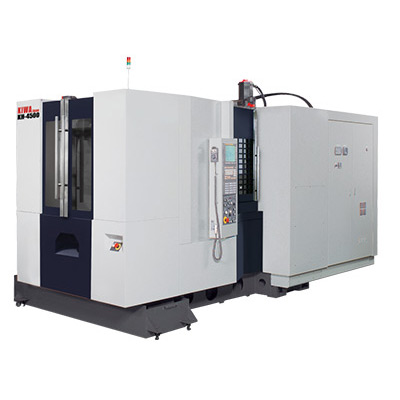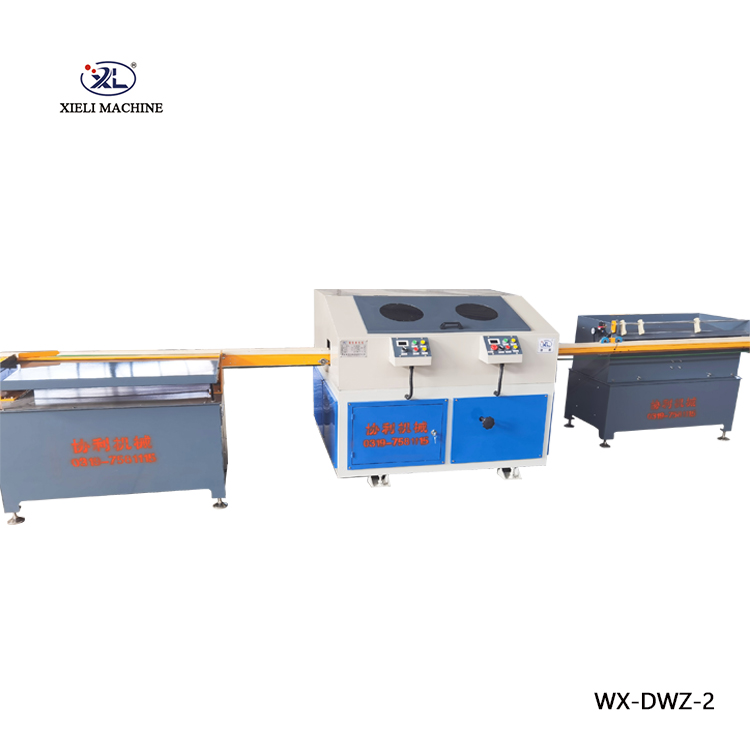The Advantages of Automatic Buffing Machines for Stainless Steel
Stainless steel, renowned for its durability and corrosion resistance, is a popular choice in various industries, including construction, automotive, and food processing. However, to maintain its aesthetic appeal and functional integrity, stainless steel surfaces must be properly polished. This is where automatic buffing machines come into play, offering significant advantages over traditional manual buffing methods.
Efficiency and Consistency
One of the primary benefits of automatic buffing machines is their efficiency. These machines are designed to process large volumes of stainless steel components quickly and uniformly. Unlike manual buffing, which can vary significantly in quality based on the operator’s skill and experience, automatic machines provide consistent results across all pieces. This is crucial for industries that require high standards of quality because even minor imperfections can lead to significant issues in functionality and appearance.
Reduced Labor Costs
Implementing automatic buffing machines can also lead to substantial labor cost reductions. By automating the polishing process, companies can reallocate their workforce to more complex tasks that require human intervention, such as quality control and troubleshooting. This not only enhances operational efficiency but also allows for better use of skilled labor where it is most needed. Over time, the savings generated from lower labor costs can offset the initial investment in these machines.
Enhanced Safety
Manual buffing can pose several safety risks, including exposure to hazardous materials and the potential for injury from moving parts. Automatic buffing machines mitigate these risks by offering a controlled environment where the operator can monitor the process from a safer distance. Many machines also come with safety features that minimize the chances of accidents, making the workplace safer for employees.
automatic buffing machine stainless steel

Improved Surface Quality
Another important advantage of automatic buffing machines is the high-quality finish they achieve. These machines utilize advanced technology to apply consistent pressure and speed, resulting in a uniform surface finish. Moreover, they can be set up to use different types of buffing pads or compounds, allowing for customization based on the specific requirements of the stainless steel component being polished. This precision not only enhances the aesthetic appeal but also enables the creation of surfaces that are easier to clean and maintain.
Reduced Waste and Higher Yield
In addition to improving surface quality, automatic buffing machines can also reduce material waste. Manual polishing often results in excessive wear on the polishing pads and materials, leading to higher consumption rates. Automatic machines, on the other hand, can be calibrated to optimize the amount of material removed during the buffing process, ensuring that only the necessary amount of stainless steel is polished away. This optimization translates into higher yields and reduced costs for manufacturers.
The Future of Buffing Technology
As technology continues to advance, the capabilities of automatic buffing machines are expected to improve further. Integration with artificial intelligence and machine learning may soon allow these machines to adapt their processes in real-time based on the specific characteristics of the stainless steel being polished. This could lead to even greater efficiencies, improved quality, and reduced operational costs.
In conclusion, automatic buffing machines represent a significant advancement in the processing of stainless steel components. They provide unmatched efficiency, consistency, and safety compared to traditional methods, while also enhancing quality and reducing waste. As industries continue to seek ways to improve productivity and maintain high standards of quality, the adoption of automatic buffing machines is likely to grow, reshaping how stainless steel finishes are achieved in the future.





